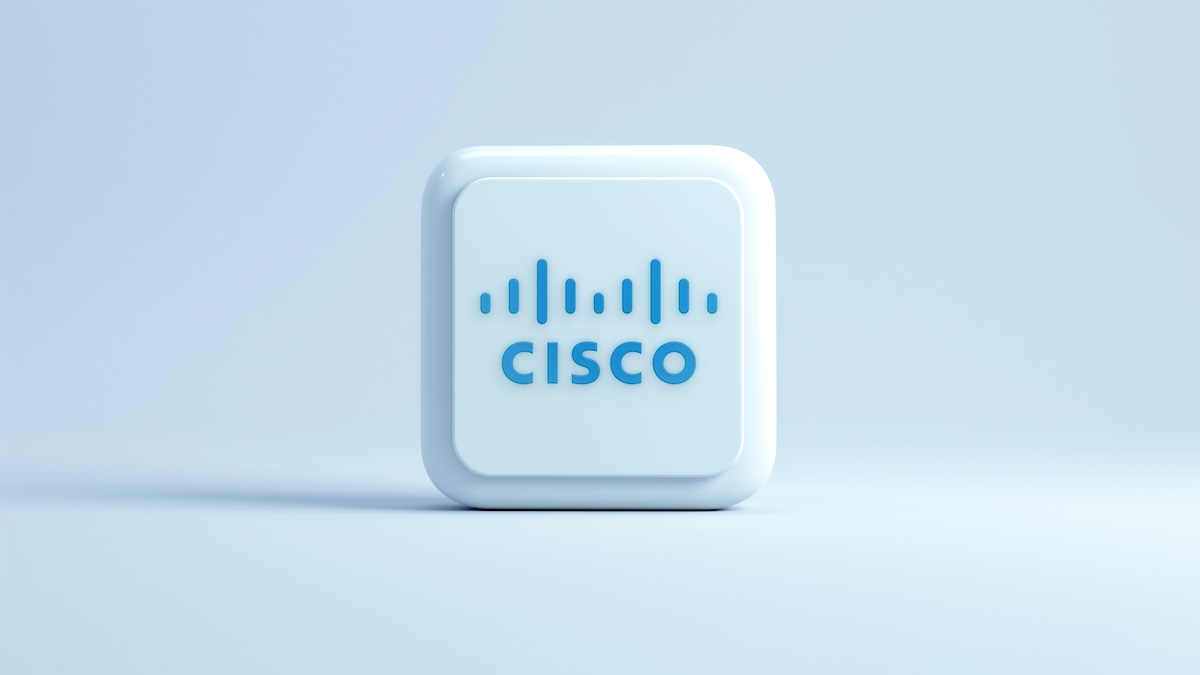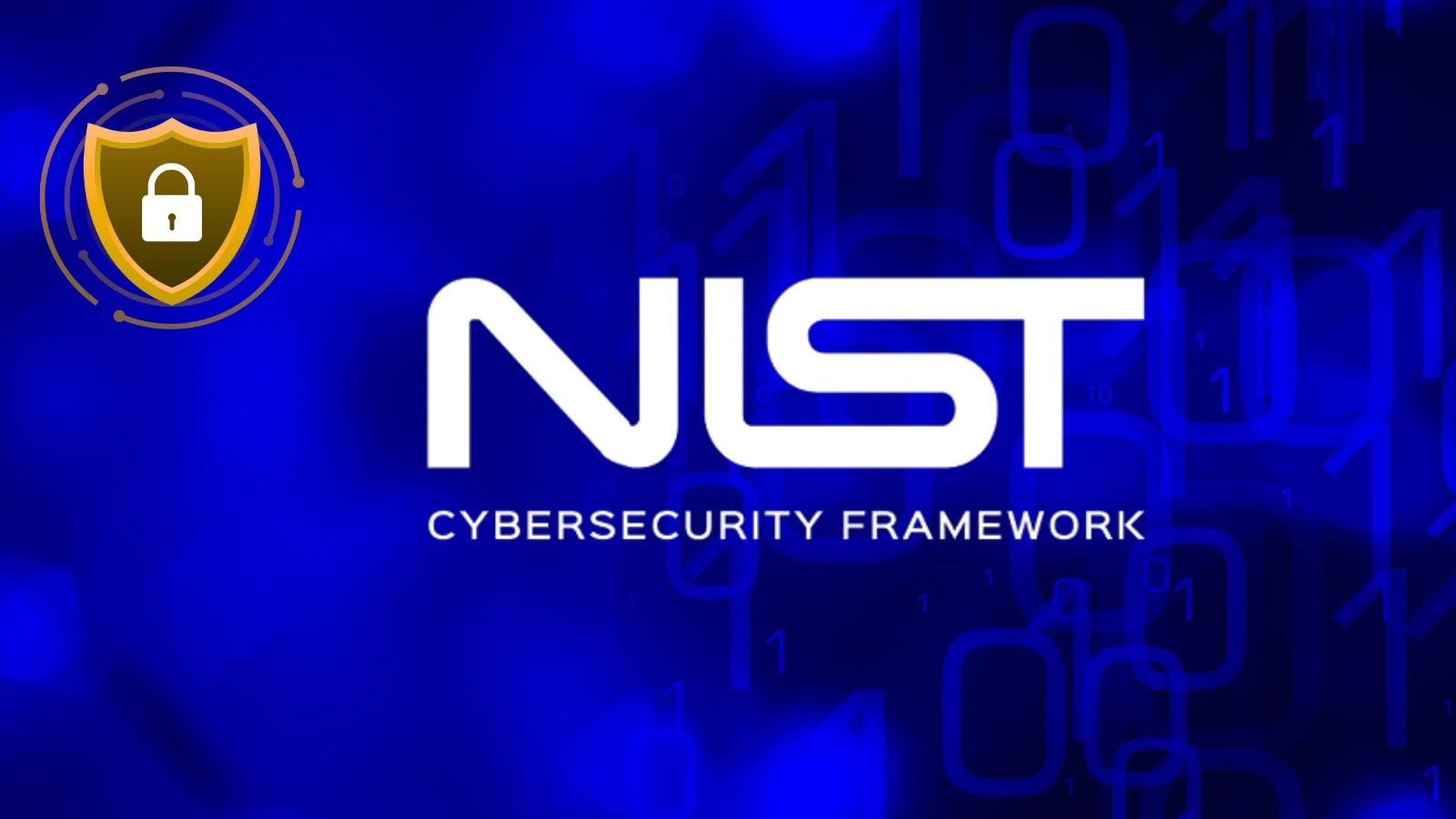Initial Access Brokers (IABs) have become pivotal players in the cybercrime ecosystem, specializing in infiltrating computer systems and networks to sell unauthorized access to other malicious actors. This specialization allows them to focus on exploiting vulnerabilities through methods such as social engineering and brute-force attacks, without engaging directly in subsequent cyberattacks like ransomware deployment. By selling access, IABs mitigate the risks associated with executing complex operations, instead profiting from their expertise in breaching networks.
Operating primarily on dark web forums and underground markets, IABs may function independently or as part of larger organizations, including Ransomware-as-a-Service (RaaS) groups. They serve as a crucial link in the cybercrime supply chain, providing the initial foothold necessary for ransomware gangs, data thieves, and other malicious entities to carry out their operations. The pricing of their services varies based on factors such as the target’s size, the level of access granted, and the perceived value of the compromised system.
The Rise of IABs
The increasing prominence of IABs is closely tied to their ability to streamline and accelerate ransomware operations, particularly within RaaS schemes. By handling the complex task of initial network infiltration, IABs enable ransomware groups to focus solely on data encryption and extortion, effectively scaling their attack capabilities. This efficiency is further enhanced by the growing trend of IABs collaborating directly with RaaS affiliates, facilitating near-instantaneous attacks upon access procurement and eliminating the time-consuming process of establishing a foothold.
This symbiotic relationship benefits both parties: RaaS groups gain speed and efficiency, while IABs secure a consistent stream of work, often bypassing the need for public advertising on dark web forums. This reduced visibility provides a layer of protection from law enforcement scrutiny, as their activities are less exposed compared to those operating on open marketplaces. This combination of increased operational efficiency for ransomware groups and reduced risk for IABs has fueled the rapid expansion and influence of IABs within the cybercrime ecosystem.
Targeted Industries and Regions
In 2023, the business services sector was the most targeted industry by IABs, accounting for 29% of attacks. However, in 2024, this figure decreased to 13%, indicating a broader distribution of targeted industries. This shift suggests that IABs are diversifying their focus, potentially to exploit vulnerabilities across a wider range of sectors.
Geographically, the United States remains a prime target due to its economic and technological prominence, making it an attractive prospect for cybercriminals. Notably, Brazil and France have emerged as significant targets, securing the second and third spots respectively. This trend underscores the global reach of IAB operations and their adaptability in pursuing high-value targets across different regions.
Financial Dynamics
The IAB market exhibits a dynamic pricing structure, with corporate access typically offered between $500 and $3,000. In 2023, the average listing price was $1,979, though this figure was influenced by occasional high-value targets reaching tens of thousands of dollars. The median price remained significantly lower, reflecting a range of access offerings catering to various buyer needs.
Despite the focus on high-value targets, the average price for IAB listings fell from $3,066 in 2023 to $1,295 in 2024, a 60% decrease. This reduction suggests a shift towards a more commoditized market, where the increased volume of available access has led to lower prices. It also indicates that IABs are targeting a broader range of organizations, including those with lower revenues, to maintain their revenue streams.
Evolving Tactics
IABs have notably shifted their tactics in recent years. Previously, they relied on methods such as deploying backdoor malware or web shells to gain access. However, there is a growing trend towards using harvested credentials and exploiting Multi-Factor Authentication (MFA) mechanisms to establish and maintain access. This evolution reflects the adaptability of IABs in response to improved cybersecurity measures and highlights the need for organizations to continually update and strengthen their security protocols.
Implications for Cybersecurity
The evolving role and tactics of IABs have significant implications for cybersecurity. Their ability to provide ready-made access to compromised systems lowers the barrier to entry for less technically skilled cybercriminals, potentially leading to an increase in the frequency and sophistication of cyberattacks. Organizations must adopt a multi-layered approach to security, including implementing strong authentication measures, regularly updating and patching systems, and conducting thorough employee training to recognize and respond to social engineering attempts.
By understanding the operations and strategies of IABs, organizations can better prepare and defend against the threats they pose. Staying informed about the latest trends in cybercrime and proactively enhancing security measures are crucial steps in mitigating the risks associated with these evolving threats.



